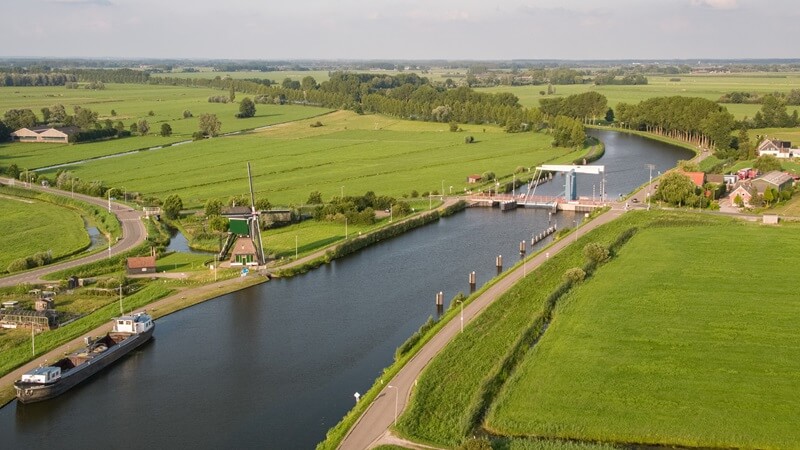Water damage can be a homeowner’s worst nightmare, causing extensive and costly damage if not addressed promptly. However, with preventative measures and quick response strategies, you can minimize the risk and impact of water damage in your home. In this guide, we’ll explore the key steps to identify potential weaknesses in your plumbing system and the actions you should take in the event of a leak. Let’s dive into the essentials of water damage control.
Identify Potential Weaknesses
Identifying potential weaknesses in your plumbing system is the first step in preventing water damage. This proactive approach involves regular inspections and maintenance to ensure that your plumbing is in top condition.
Regular Plumbing Inspections
Routine inspections by a qualified plumber can help pinpoint vulnerabilities before they become significant issues. For instance, service saddles, which connect new pipes to existing lines, can be prone to leaks if they aren’t installed correctly or if they deteriorate over time. Ensuring these components are properly maintained can prevent small leaks from escalating into major water damage events. For high-quality service saddles and other essential plumbing supplies, visit the blairsupplyusa.com website.
Did you know? According to the Insurance Information Institute, water damage and freezing accounted for nearly 29% of all homeowners insurance claims in 2020.
Check for Corrosion and Wear
Pipes and fixtures can corrode or wear out over time, leading to leaks. Inspect visible pipes for any signs of rust, green stains (indicating copper pipe corrosion), or moisture. Pay particular attention to areas around sinks, toilets, and appliances connected to water lines.
Monitor Water Pressure
High water pressure can put undue stress on your plumbing system, increasing the risk of leaks. Install a water pressure gauge to monitor the pressure levels in your home. If the pressure exceeds 60 psi, consider installing a pressure regulator to protect your pipes and fixtures.
Act Quickly in Case of Leaks
Even with the best preventative measures, leaks can still occur. The key to minimizing water damage is to act quickly when a leak is detected.
Immediate Actions to Take
When you notice a leak, the first step is to shut off the water supply to the affected area. This can prevent further water from entering and exacerbating the damage.
Interesting fact: A small 1/8-inch crack in a pipe can release up to 250 gallons of water per day, according to the Environmental Protection Agency (EPA).
Water Extraction and Drying
After stopping the water flow, promptly extract any standing water. Once the water is removed, fans, dehumidifiers, and open windows are used to dry out the affected area thoroughly. Mold and mildew can begin to grow within 24-48 hours in damp conditions, so swift action is crucial.
Call a Professional
Contact a water damage restoration company to assess and address the damage. Professionals have the necessary equipment and expertise to ensure that the area is dried out properly, reducing the risk of mold growth and structural damage. For expert assistance, visit https://www.riskfreeserv.com/ website.
Preventative Maintenance Tips
Preventative maintenance can save you from the hassle and expense of dealing with water damage. Here are some tips to keep your plumbing system in good shape.
Install Leak Detection Devices
Leak detection devices can provide an early warning of potential leaks. These devices can be installed near appliances and fixtures prone to leaks, such as washing machines, water heaters, and sinks.
Maintain Your Roof and Gutters
Water damage isn’t limited to plumbing leaks. A well-maintained roof and gutter system can prevent water from entering your home during heavy rains. Clean your gutters regularly and inspect your roof for any damaged or missing shingles.
Did you know? The National Flood Insurance Program (NFIP) reports that just one inch of water can cause up to $25,000 in damage to your home.
Insulate Pipes
Pipe insulation is especially important for pipes located in unheated areas such as basements, attics, and garages.
Check Your Water Bill
Monitor your water usage and investigate any sudden spikes in your bill. Early detection can prevent a small leak from turning into a major problem.
Emergency Preparedness
Being prepared for a water emergency can significantly reduce the damage and stress associated with water leaks.
Know Your Water Shut-Off Locations
Make sure everyone in your household knows where the main water shut-off valve is located and how to operate it. In addition, familiarize yourself with the location of shut-off valves for individual fixtures and appliances.
Create an Emergency Kit
Prepare an emergency kit that includes essentials such as a flashlight, batteries, a first-aid kit, and tools for turning off utilities.
Develop a Response Plan
Develop a plan outlining the steps to take in the event of a water leak. Include contact information for local plumbers and water damage restoration companies. Review and practice the plan with your household members.
Water damage can have devastating effects on your home, but with preventative measures and quick response actions, you can mitigate the risk and minimize the impact. Regular plumbing inspections, prompt action in the event of a leak, and preventative maintenance are key to keeping your home safe from water damage. By following these guidelines, you can protect your property and ensure a quick recovery if water damage occurs.
By staying vigilant and prepared, you can safeguard your home against the potentially costly and disruptive effects of water damage. Remember, the best defense is a good offense, so take proactive steps today to secure your home for the future.
For more info visit Business Stylish
